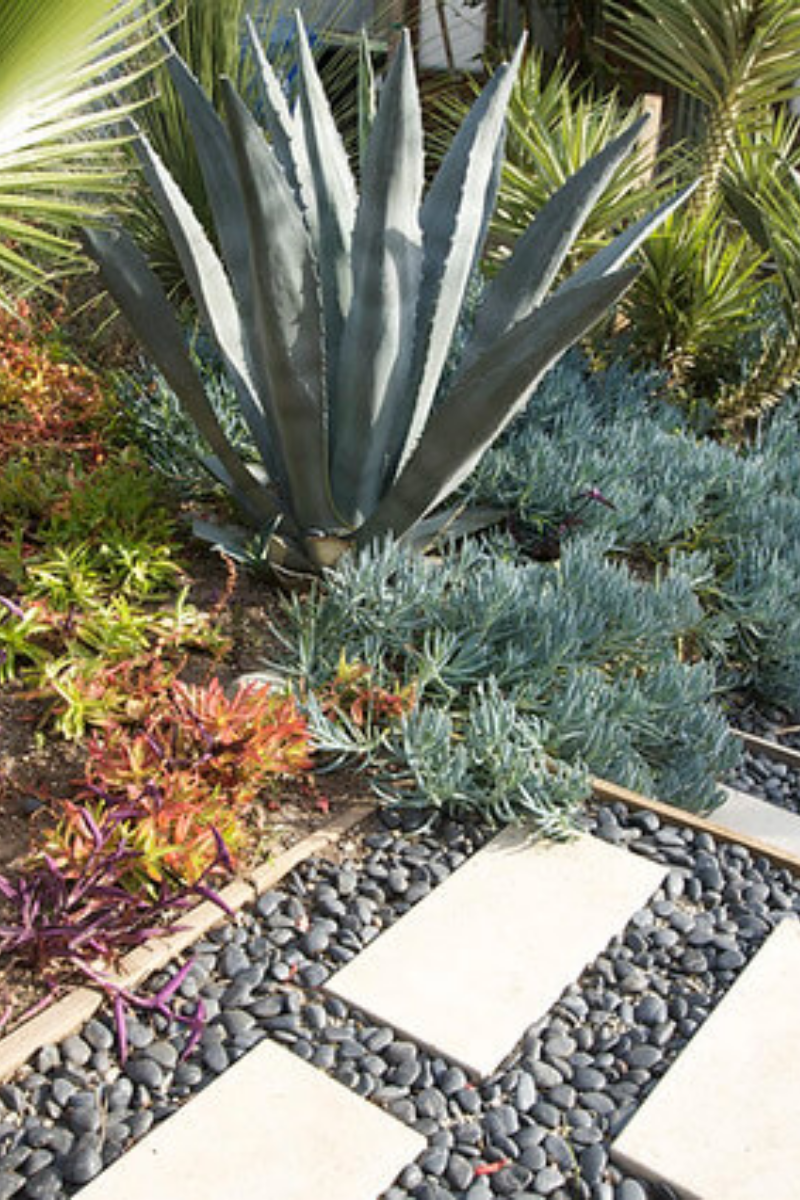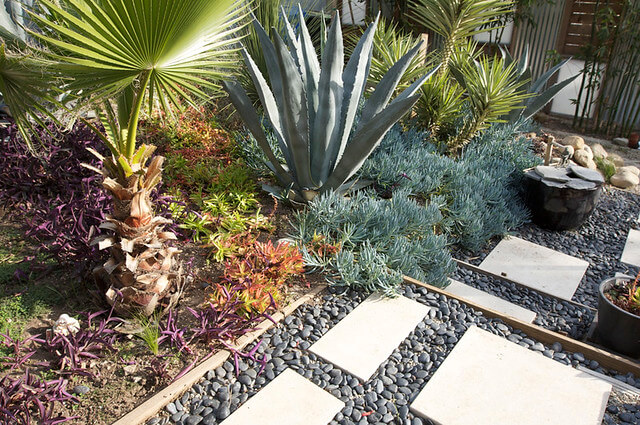
What is Xeriscaping?
Xeriscaping is a type of landscaping. It utilizes plants that are native to your environment and that are drought resistant. There are many misconceptions surrounding xeriscaping – the most prevalent is that it is only skulls and cacti. However, you can have just as beautiful of a landscape utilizing this method as you could using any other method.
It is a type of landscaping that utilizes no to minimum amounts of water. It can be expensive to install, but is very inexpensive and easy to maintain. It is important to engage in appropriate planning and selecting in order to make your xeriscape landscape design effective for your needs. The xeriscape ideas we list below will help you accomplish your goals of a more maintainable lawn and reduced water consumption.
Why is Xeriscaping Important Now?
As mentioned above, xeriscaping is great for the environment if you live in a drought prone area. You are able to save significant water during a time that much of the country will be prone to dry weather and seasons. Water conservation is paramount right now, and xeriscaping can assist you in doing that.
Xeriscaping can also assist you in saving money in the long run. With so many individuals out of work currently, you may want a landscape that is cost efficient. This type of landscaping is very easy to maintain and very cost efficient.
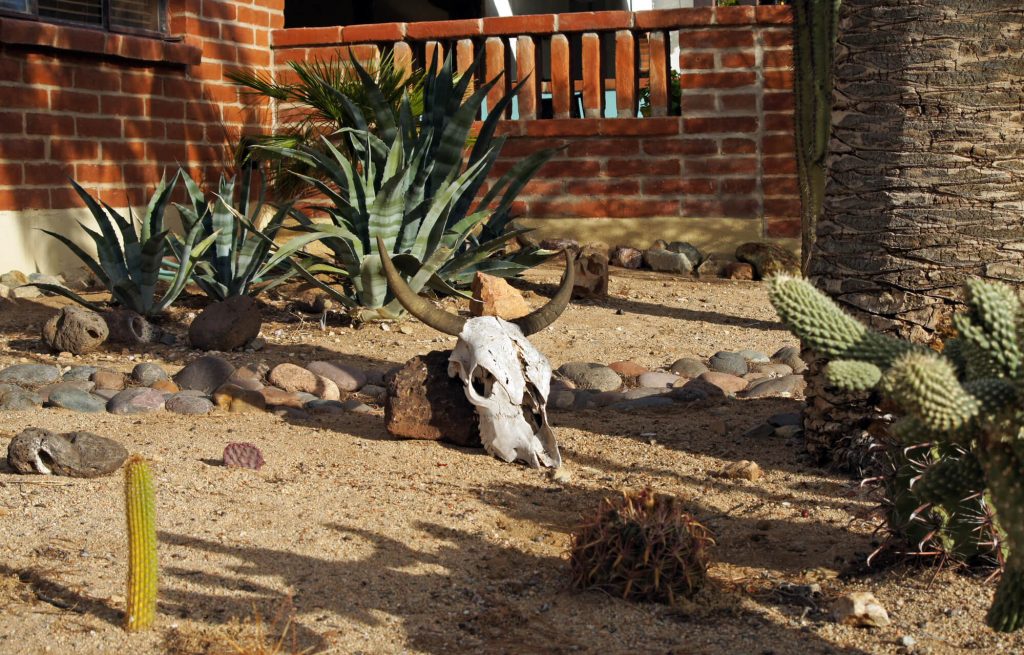
How to Create Your Own Xeriscape Design
No matter if you building a new landscape or replacing an existing one, you must plan your xeriscape design. Make sure you plan out where the home, driveway, sidewalks, pipelines and other underground features are. From there, think about what you want to include.
If you have existing plants, consider the soil that needs to be replaced or removed. Plan the plants that need to be dug up in order to accommodate your xeriscaping plans best. Make sure you understand the terrain you live on to ensure that the plans go as smoothly as possible.
Plant and Tree Selection
There are various plants and trees to choose from for xeriscaping. They are also not all just cacti. Continue reading below for some great examples you could integrate into your new xeriscaping plans for the best benefits.
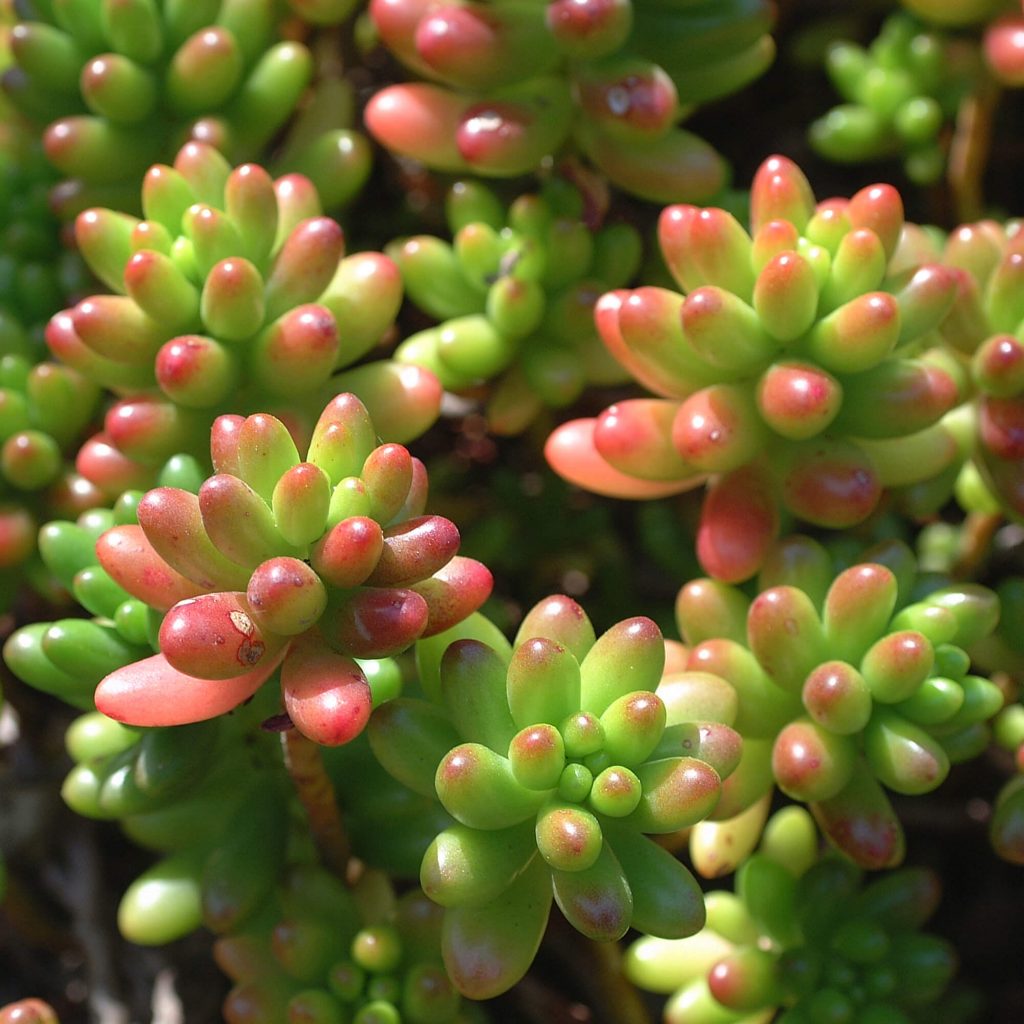
Sedum Rubrotinctum
This plan is also called “pork and beans.” It is very small and is technically a succulent. It has beautiful yellow flowers that come out every spring. It would be great for a smaller space if needed. The stems seen on these plants are very thick for a unique look too.
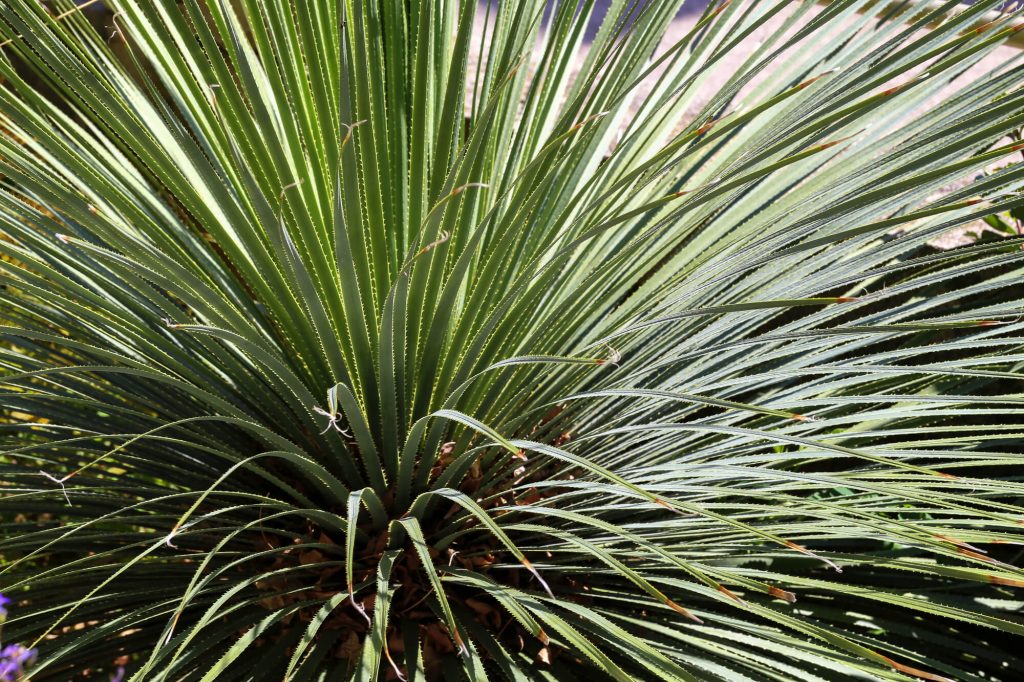
Dasylirion Wheeleri
This plant is also called a “dessert spoon.” The plant itself grows to at least four feet, while the flower stem grows to at least fifteen feet. The blooms look like spoons and are white or pink in color.
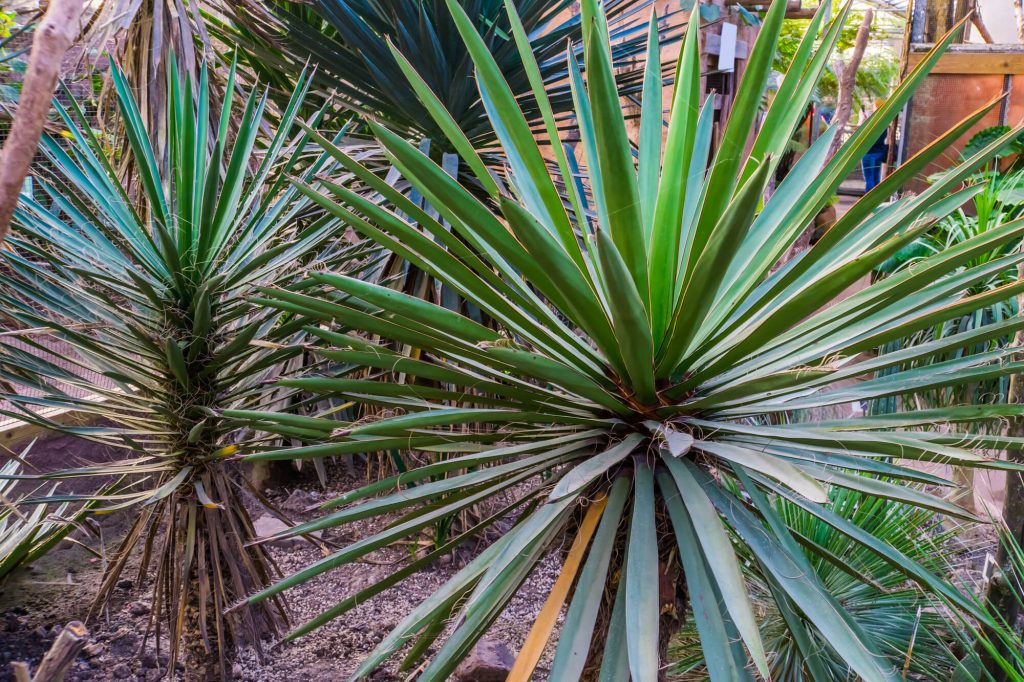
Yucca Aloifolia
This plant resembles a type of tree and is otherwise known as the “Spanish dagger.” It can grow up to fifteen feet high. The flowers are also edible, and the leaves can be used to make rope if necessary. Birds will be consistently around your home as well as they love to feed on this plant too.
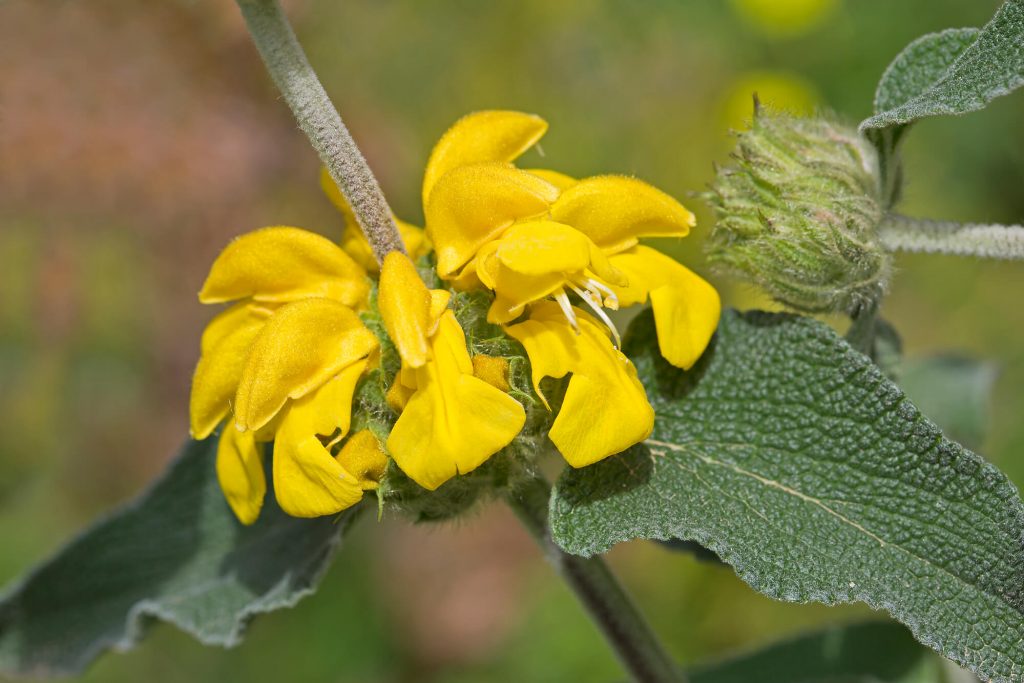
Phlomis Fruticosa
This plan resembles a sage, but it is not technically a type of sage. It is otherwise called “Jerusalem sage.” IT has beautiful yellow flowers that bloom every summer, and each plant can grow to 4 feet tall. The leaves and stems will remain a bright evergreen through all seasons.
Lobelia Laxiflora
This plant is from Mexico and is called, appropriately, the “Mexican Cardinal Flower.” It is actually a very common plant that grows to around 3 feet tall. The flowers are a bright red and unique shape of a tube. The leaves are a beautiful bright green as well.
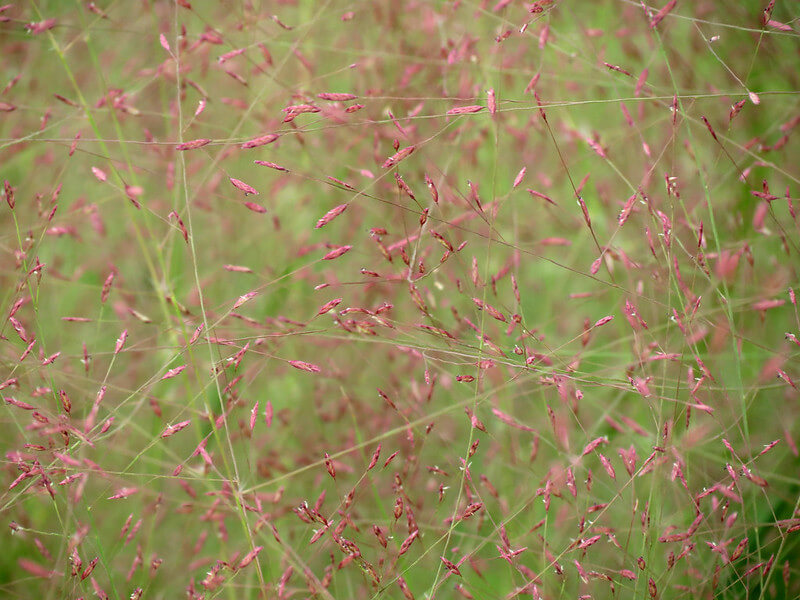
Eragrostis Spectabilis
The “purple lovegrass”, as this plant is otherwise called, is an ornamental and decorative grass. It blooms in the late summer to make reddish-purple flowers. The flowers will last until mid-fall, into October. It gives off a beautiful, wildflower-like look and feel to enjoy.
As you can note, there are many color options even in these drought resistant plants. Not everything is green, prickly or a cactus as aforementioned. You can achieve beautiful results in even the harshest of environments.
Irrigation
As mentioned above, the plants in this type of landscaping need very little water. For this reason, the best method of irrigation may be drip irrigation, which is set on an automatic timer. Make sure to not over-water your plants, however, to keep them as healthy as possible.
Sprinkler systems will provide too much water to your plants in xeriscaping. You can also hand irrigate your plants so long as you feel up to it. This does require you to be somewhat healthy, and it may be best if your yard is relatively small in size to ensure the task is completed quickly and efficiently.
Maintenance
Xeriscaping allows for very little maintenance. The best type of “soil” to utilize for this type of landscaping is gravel or stone. This will allow for your plants to receive the heat they need, and it will limit the amount of water their receive.
You may have to make some minor adjustments to your drip irrigation system, if you choose to use this method. You also have to wait for plants to bloom and not do too much to them. Finally, be sure to prune back your plants to ensure ample growth and maturity.
Final Thoughts
Xeriscaping is a great option for individuals who live in drought-prone environments. Though it is often thought of as boring compared to other types of landscaping, there are many benefits. These include lower maintenance, more environmental friendliness and more cost efficiency.
Xeriscaping is not just boring either. There are many beautiful plants of various colors, sizes and types to fill your yard with. Be sure to perform as little maintenance as possible in order to keep. them thriving, however, including giving them as little water as possible. Xeriscaping is an exciting experience that will bring joy to your yard. I hope the xeriscape ideas presented here help you attain your goals of a beautiful, low-maintenance lawn.
